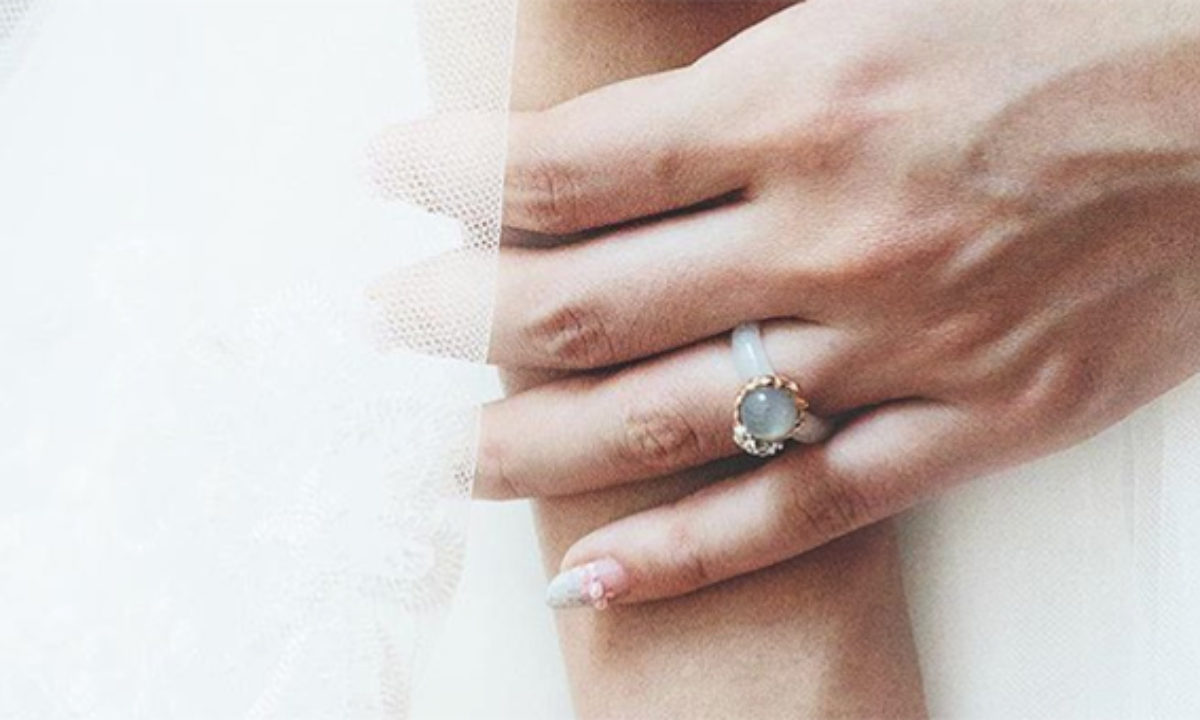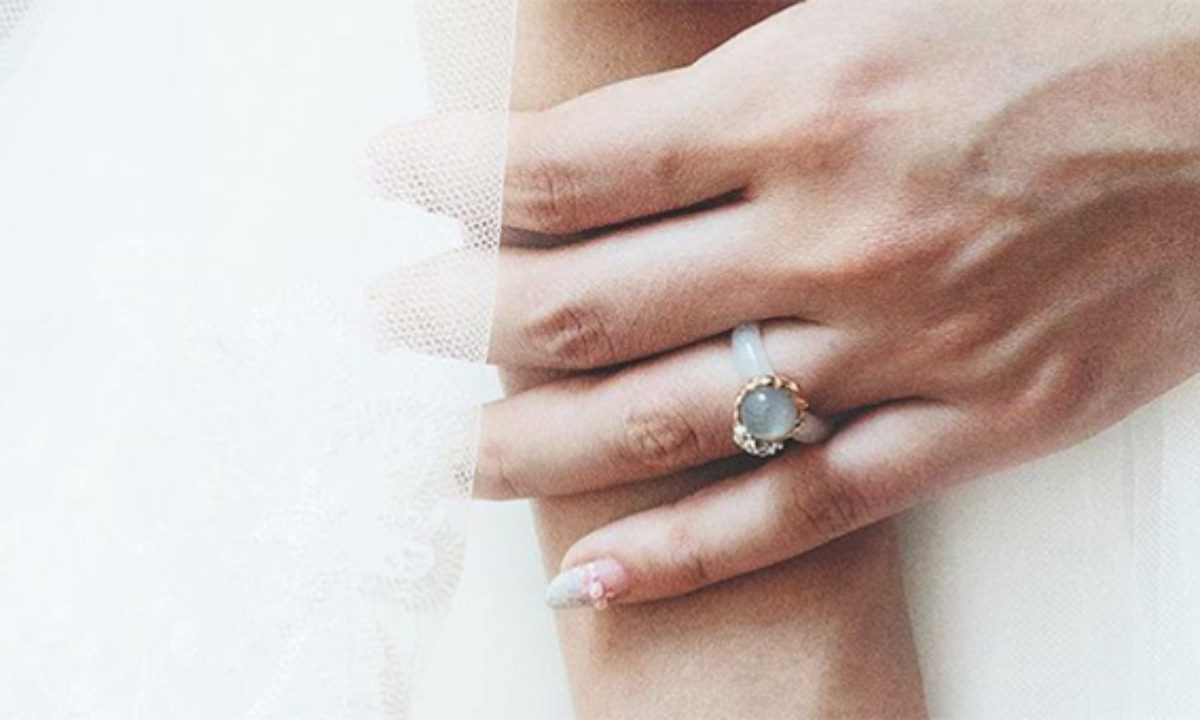
Have you ever considered whether you should say yes or no to that diamond engagement ring? I’m not referring to saying no or yes to the person asking; I’m referring to the diamond ring itself! We place so much importance on the stone that starts the beginning of two people’s lifelong commitment to one another – color, carat, clarity, and cut – that we’ve forgotten to consider whether it’s an icon worthy of expressing our love for another, the cost and if the diamond ring price in Singapore is worth it.
Natural diamonds form over a long period and can be found up to 190 kilometers or 120 miles underground. Those diamonds that are flawless or clear enough to be sold as jewelry are transferred to manufacturers after they have been mined and properly analyzed. The diamonds must be cut and polished throughout the production process, to improve their beauty and value. Only the highest grade diamonds are used in the jewelry business.
The Real Deal For Your Loved One
Because each diamond is formed deep inside the crust layer of the earth over extended periods of time, every piece of diamond is unique, therefore it is seen as a true gesture of love. Lab-grown diamonds are diamonds grown in the lab, under advanced and sophisticated technology. A certified lab-grown diamond, by reputable labs like GIA or IGI, has the same physical and chemical properties as natural diamonds. A natural diamond has gone through many procedures to guarantee that it’s of the highest attainable grade, whereas a lab–grown expresses the uniqueness and strength of your love in a sustainable manner. This makes the diamond ring price in Singapore worth it.
“A Diamond Is Forever”
This phrase, coined by De Beers diamond producers in 1947, briefly expresses some of the most crucial features of a natural diamond as the principal stone in an engagement ring. Diamonds are “forever” because they’re indestructible, and they’ve been used in industry to clean hard materials. The term “diamond” came from the Greek phrase “adámas,” meaning “unalterable” or “unbreakable.”
Diamonds are typically purchased as jewellery, as a symbol of success, fashion statement, and most importantly, as the commitment of love, due to their durability, and they are passed down through families as keepsakes. Very rarely, they might also be put on the market later on if it is preferred in the future
Again, a diamond, natural or lab grown, which is the primary stone in about eighty percent of engagement rings, symbolizes the eternal bond between a man and a woman on the day she agrees to be his wife. Artificial diamonds, like Moissanite, Cubic Zirconia, or other lab-grown colorless stones, however, are far more prone to damage, and their luster might fade over time.
Distinctive Beauty
Because every natural or certified lab-grown diamond is distinctive in its own way, they’re used as personal embellishments on an engagement ring. Artificial diamonds, on the other hand, are far less different from one another since they were made under “perfect” states. New brides-to-be might be concerned about wearing a ring consisting of a stone that is unspectacular and a common product from mass output to so many others.
The Optimal Carat Weight
Diamonds are one-of-a-kind because they are formed naturally, under the ground or in a lab. Thus, there is a greater range of diamonds to select from than with artificial diamonds, where the vast majority of stones weigh just under one carat. Diamonds are created in an infinite number of sizes to aid you in picking the appropriate stone.
Get the Best Cut
When shopping for a natural diamond, you could select from a variety of cuts. This covers the most basic and widely used round cut diamond, as well as more complicated cuts such as cushion, radiant, and princess, among many others. A diamond, natural or lab-grown, due to its superb hardness property, is able to be polished to extreme sparkle. However, due to the limitation of hardness in artificial diamond, the sparkle is limited as the facets are often not polished to the highest accuracy and precision. So, if you don’t want to be limited in your choice and returns of light reflection of diamond for an engagement ring center stone, a natural or IGI certified lab-grown diamond is the ideal choice.
Keeping It Real
Finally, an engagement ring is a purchase that occurs once in your life that represents an eternal link between a loving couple. If your fiancée doesn’t appreciate a stone that is not the hardest substance on earth, we recommend that you get an engagement ring with a real diamond. Genuine diamonds, natural or lab-grown, also are available in a range of sizes, shapes, and clarity levels, to fit any budget.



